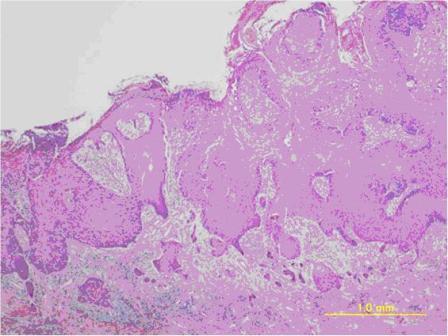
Hashimoto, S., Egawa, K., Ihn, H., Igarashi, A., Matsunaga, T., Tateishi, S., and Yamaizumi, M. A New Disorder in UV-Induced Skin Cancer with Defective DNA Repair Distinct from Xeroderma Pigmentosum or Cockayne Syndrome. J. Invest. Dermatol., published on line: 11 October 2007
We report the characterization of a Japanese woman who exhibited many freckles and skin cancers in sun-exposed areas, but displayed no photosensitivity. Fibroblasts (KPSX7) derived from this patient showed similar UV sensitivity to that of normal human fibroblasts. The KPSX7 cells showed normal levels of unscheduled DNA synthesis, recovery of RNA synthesis, recovery of replicative DNA synthesis, protein-binding ability to UV-damaged DNA, and post-translational modification of xeroderma pigmentosum (XP) C. These results indicate that the patient had neither XP nor Cockayne syndrome. Although these results suggest that the KPSX7 cells were proficient in nucleotide excision repair activity, host-cell reactivation (HCR) activity of KPSX7 cells was reduced. Furthermore, introduction of UV damage endonuclease into the cells restored repair activity in the HCR assay to almost normal levels. These results indicate that KPSX7 cells are defective for some types of repair activity in UV-damaged DNA. In summary, the patient had a previously unknown disorder related to UV-induced carcinogenesis, with defective DNA repair.

Figure 1. Histological findings of the squamous cell carcinoma from patient’s hand. The lesion showed proliferation of atypical squamous cells with hyperkeratosis and dyskeratotic cells.
Figure 2. The cells derived from the patient (□) showed defective host-cell reactivation compared to that of normal fibroblasts (○) . The host-cell reactivation was restored by introduction of UV damage endonuclease expression plasmid to the cells (■) .